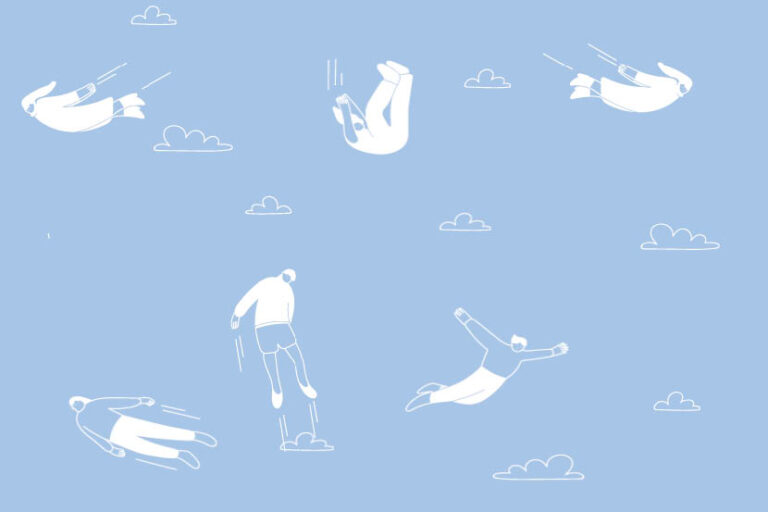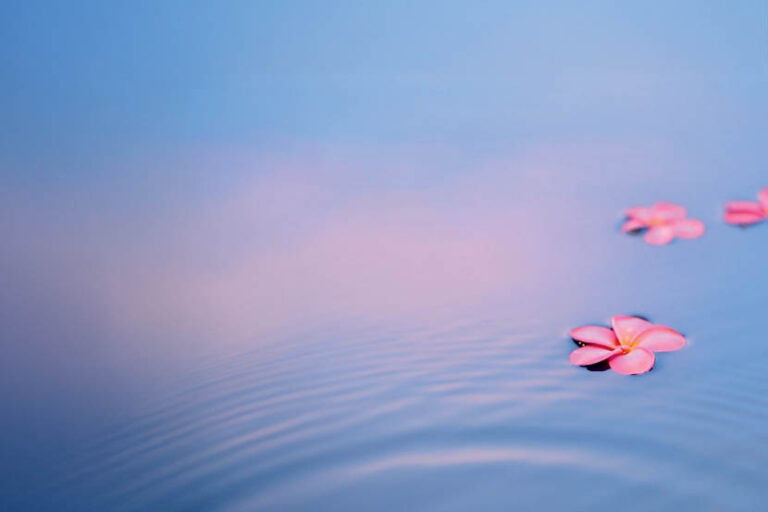
Can committing to charitable acts as part of creative visualisation help to make your dreams a reality?
Have you ever made a vision board? Sometimes known as dream boards, they’re a relatively common concept, involving creating a visual representation of goals, inspirations, and dreams that can be pinned somewhere within easy eyesight as a constant reminder of your intentions. Some people like to design a vision board on a computer or via a site like Pinterest, while others love to get creative with art supplies and pictures clipped from magazines. The end result tends to be a colourful board that can be hung somewhere to inspire you daily.
What if you took the project even further – pledging good deeds and charitable actions, investing positive energy as you work towards your dreams? That’s where a manifestation board comes in. Manifestation boards are similar to vision boards, but in addition to your dreams and aspirations you include pledges of altruistic actions you’re going to take. It shifts the focus to giving as well as receiving, sending positivity out into the world as well as calling it back to yourself. You could think of it as generating good karma or maybe even a reminder of “the bigger picture”.
The simplest way to create a manifestation board is to divide your pinboard or document into two pieces. The first half can be treated as a traditional vision board, where you visualise your goals and dreams.
They might include relationship, friendship, or financial goals, career or business ambitions, family hopes, or health and wellness aims. The key is to be really specific and give yourself a vivid image to focus on. For example, if one of your dreams is to travel, it’s more useful to include photos of the actual destinations, buildings, or cities you’d most like to visit rather than generic beach or mountain shots.
The second half of your board is where you commit energy to manifesting your dreams by pledging good deeds or actions. Again, it’s helpful to be specific, so rather than deciding you want to save the oceans it might be better to make a pledge to start buying shampoo bars or stop using plastic cutlery. You can include anything you like here – and remember to use your unique skills.
So if you’re good with kids, you could decide to volunteer at a local children’s charity or hospital. If your career involves finance, you could offer to do the books for a local community group. Alternatively, you might decide to do one daily random act of kindness. The idea is that your manifestation board is equally weighted, so for every dream or ambition there’s an altruistic counter pledge.
Manifestation, vision, and dream boards all work by tapping into the power of visualisation, a technique used by psychologists, life coaches, athletes, and businesspeople. Seeing is believing, and visualisation is a form of mental rehearsal. Olympic athletes have been using it for decades to improve performance. If you hang your board somewhere you’ll see it often, such as above your desk or kitchen bench, then you’re effectively creating a mini-visualisation exercise every time you look at it. When you ask yourself who you want to be, or what kind of a day you want to have, you have a visual answer to hand.
According to a research paper on visualisation published by the International Coach Academy, it works by imprinting your goals and dreams onto your subconscious mind, which operates using pictures and visuals, and runs 90 percent of your life. Visualisation and exercises like vision boards help program your brain to work towards achieving your goals. As Walt Disney once said: ‘If you can dream it, you can do it.’
HOW TO CREATE A MANIFESTATION BOARD
1. Make it a positive experience.
The idea is that it’s inspiring and fun, so try to find a time to do it when you won’t be rushed or disturbed and can give it your full attention. You might like to light candles or play your favourite music. Dream big and get your creative juices flowing.
2. Gather your materials.
If you’re making it by hand, you’ll need a pin- or corkboard, colourful pens, and a stack of old magazines to cut images from – or pictures printed from the internet. If you’re doing it on a computer, you’ll need access to images or a tool like Pinterest, plus a printer to produce the finished product and frame to display it.
3. Think about what appeals to you visually.
Are you inspired by photographs or illustrations, words, and quotes, or would you like to include pictures of people you admire? Do you prefer a computerised or homemade look? Be as creative as you can – you could even add postcards or ticket stubs.
4. Be specific. Visualisation works best when it’s detailed.
If you want more money, create an image of what your ideal bank balance would look like, or super fund, or a monthly total. If you want to run faster, pin a hoped-for personal best time to the board, if you want to run further, set a distance. Meaningful personal images work best.
5. Make sure your pledges are achievable.
Again, it pays to be specific and think about what you can realistically commit your time and resources to. For example, instead of deciding you want to volunteer with children, pledge to give one evening a fortnight to coaching a kids’ football team. If you want to eat more plant-based meals, you could start to observe meat-free Mondays. Do you have an older neighbour whose dog needs walking or a colleague who’d benefit from some mentorship? And how can you represent your pledges visually on your board to inspire you?
6. Finally…
Don’t forget to take care of yourself. Successful people recognise the value of self-care. Make sure there’s space on your board for pledges to yourself – perhaps time to meditate, read, garden, take a new class, commit to training courses that will help you move towards your goals, or even just get enough sleep.


















